We are attempting to electronically determine which of 10 cards, numbered 1-10, is currently in front of a stack. Initially card 1 is in front. Eventually card 1 will be flipped around to the back of the stack, and card 2 will then be in the front. Then card 2 will be flipped around to the back of the stack and card 3 will be in front. This process repeats for all cards labeled 1-10.
These cards will be viewed by people so we are looking for a solution which won't require a device positioned in front of the cards (such as a barcode scanner). These cards will also be outdoors making any type of IR sensor not possible.
Does anyone have any ideas on how we can detect which card is in front?
See an example image:
 (source)
(source)